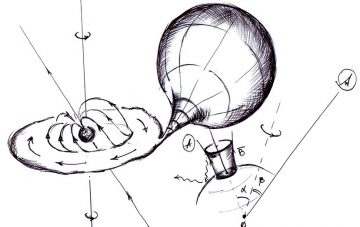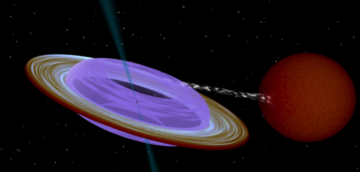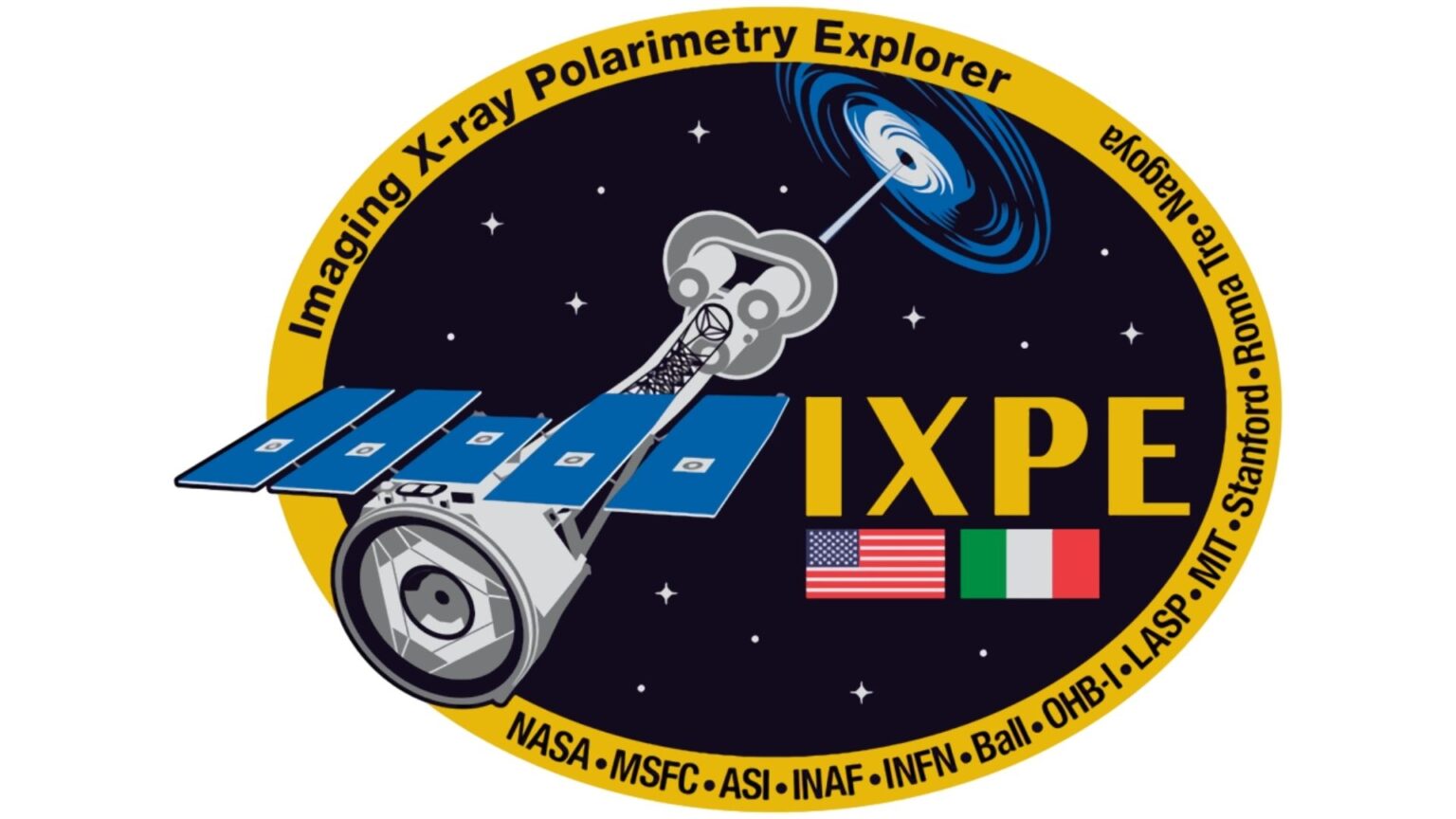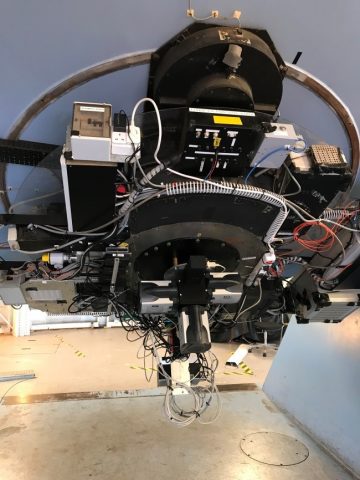High Energy Astrophysics at the University of Turku

The high-energy astrophysics group works on accreting black holes and neutron stars.
Among our recent projects on physics of neutron stars, we can mention: (1) development of the atmosphere models for X-ray bursting neutron stars in low-mass X-ray binaries with the aim to determine the equation of state (EoS) of cold dense matter of neutron stars; (2) development of the atmosphere models for rotation-powered millisecond pulsars that are used by the NICER team to constrain the EoS; (3) hydrodynamical models of boundary/spreading layers on weakly magnetized neutron stars to understand the nature of kHz quasi-periodic oscillations; (4) observational studies of X-ray pulsars and ultra-luminous X-ray pulsars, both observationally and theoretically; (5) construction of models for the accretion column and for the accretion disc around magnetized neutron stars; (6) development of models for X-ray polarization from X-ray pulsars, accounting for relativistic motion of the emission region in the case of millisecond pulsars.

Another direction of the research is accreting black holes of all scales. Here we (1) modeled broadband spectra of accreting black holes (using ground-based ESO VLT and the Nordic Optical Telescope (NOT) as well as space telescopes such as XMM-Newton, Chandra, RXTE, INTEGRAL, Fermi, Swift, NuSTAR, SRG), (2) worked on modelling timing properties of accreting black holes both in the optical/infrared and the X-rays; (3) worked on observations and modelling polarization of accreting black holes in optical and X-ray bands; (4) studied gamma-ray spectra of blazars with Fermi/LAT and developed theoretical models for gamma-ray propagation through the broad-line reqion in blazars.

The group is heavily involved in X-ray polarimetric missions. We are leading the Topical Working Group (TWG) on Accreting Neutron Stars of the Imaging X-ray Polarimeter Explorer (IXPE) that was launched in December 2021 and are active members of the Chinese enhanced X-ray Timing and Polarimetry (eXTP) mission. We are also contributing to the work of other IXPE TWGs on Accreting stellar-mass black holes, Super-massive black holes, and Blazars. Main IXPE results can be found in this ADS library. Drs. Martin Weisskopf, Paolo Soffitta and the IXPE team have received the 2024 Bruno Rossi Prize of the High Energy Astrophysics Division of the American Astronomical Society for the development of the Imaging X-ray Polarimetry Explorer whose novel measurements advance our understanding of particle acceleration and emission from astrophysical shocks, black holes and neutron stars.

We are also doing optical polarimetric studies with the in-house built high-precision Double-Image Polarimeters -2 (DIPol-2) and -Ultra Fast (DIPol-UF) currently installed at the Tohoku T60 telescope at Haleakala, Hawaii, at the NOT at La Palma, and at the 1m C2PU telescope in Calern Observatory, France. Our aim is to determine the accreting black hole emission mechanisms and to determine orbital orientation in space. Combining these data with the known jet orientation we are able to measure the misalignment angle between the black hole spin and the orbital angular momentum, which is important for understanding black hole formation mechanisms.